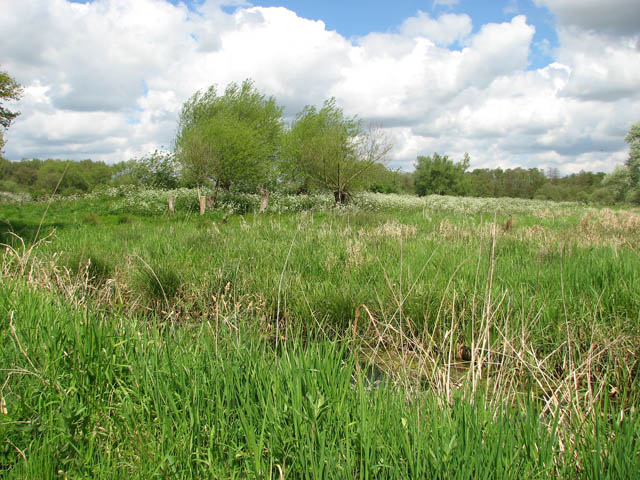Surlingham Church Marsh RSPB Reserve on:
[Wikipedia]
[Google]
[Amazon]

 Surlingham Church Marsh is a small
Surlingham Church Marsh is a small
RSPB: Surlingham Church Marsh
{{DEFAULTSORT:Surlingham Church Marsh, RSPB Norfolk Broads Royal Society for the Protection of Birds reserves in England Protected areas established in 1984

 Surlingham Church Marsh is a small
Surlingham Church Marsh is a small RSPB
The Royal Society for the Protection of Birds (RSPB) is a Charitable_organization#United_Kingdom, charitable organisation registered in Charity Commission for England and Wales, England and Wales and in Office of the Scottish Charity Regulator, ...
nature reserve in the Norfolk Broads, England. It is part of Yare Broads and Marshes Site of Special Scientific Interest
A Site of Special Scientific Interest (SSSI) in Great Britain or an Area of Special Scientific Interest (ASSI) in the Isle of Man and Northern Ireland is a conservation designation denoting a protected area in the United Kingdom and Isle of ...
Situated north of the village of Surlingham
Surlingham is a village and civil parish in the South Norfolk district of Norfolk situated on the Broads in eastern United Kingdom. It lies approximately 6½ miles (10½ km) south-east of Norwich on the south bank of the River Yare between Bram ...
and south of the River Yare, it comprises 68 acres (28 hectares) of mixed wetland habitat including shallow open water, dyke
Dyke (UK) or dike (US) may refer to:
General uses
* Dyke (slang), a slang word meaning "lesbian"
* Dike (geology), a subvertical sheet-like intrusion of magma or sediment
* Dike (mythology), ''Dikē'', the Greek goddess of moral justice
* Dikes, ...
s, reed and sedge fen, and small areas of willow carr, as well as deciduous woodland on the southern margin of the reserve.
A footpath of about 1¼ miles circumnavigates the reserve from Surlingham Church, down and along the river Yare and a hide overlooks a shallow pool within the reserve. There is a no fishing policy on the river bank within the reserve. Dogs are allowed but should be kept under control.
Notable amongst the breeding birds are gadwall
The gadwall (''Mareca strepera'') is a common and widespread dabbling duck in the family Anatidae.
Taxonomy
The gadwall was first described by Carl Linnaeus in his landmark 1758 10th edition of ''Systema Naturae''. DNA studies have shown that ...
, shovelers, and reed, sedge, grasshopper
Grasshoppers are a group of insects belonging to the suborder Caelifera. They are among what is possibly the most ancient living group of chewing herbivorous insects, dating back to the early Triassic around 250 million years ago.
Grasshopp ...
and Cetti's warblers. Marsh harriers are regular visitors and occasionally breed. Migrants include jack snipe and green sandpiper, and winter visitors include hen harriers and bearded tits.
The reserve also supports several species of dragonfly
A dragonfly is a flying insect belonging to the infraorder Anisoptera below the order Odonata. About 3,000 extant species of true dragonfly are known. Most are tropical, with fewer species in temperate regions. Loss of wetland habitat threate ...
, and a variety of butterflies, various other insects and invertebrates, and many species of wild flower, orchid, and particularly aquatic plants.
Purchased in 1984 as a potential habitat for marsh harriers and bitterns, the reserve is now managed mostly for its fen plant communities and the invertebrates which feed off them. Water levels are managed by the use of a sluice
Sluice ( ) is a word for a channel controlled at its head by a movable gate which is called a sluice gate. A sluice gate is traditionally a wood or metal barrier sliding in grooves that are set in the sides of the waterway and can be considered ...
gate. A small number of highland cattle summer graze on the fen to improve habitat quality and to assist with the removal of scrub from the fen.
The naturalist Ted Ellis is buried at the nearby ruin of St Saviour's church.
External links
RSPB: Surlingham Church Marsh
{{DEFAULTSORT:Surlingham Church Marsh, RSPB Norfolk Broads Royal Society for the Protection of Birds reserves in England Protected areas established in 1984